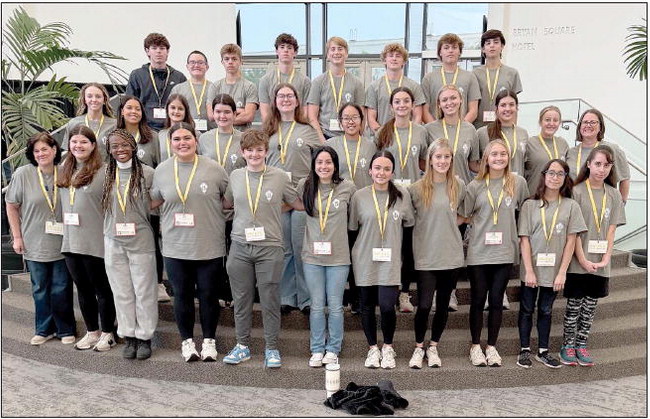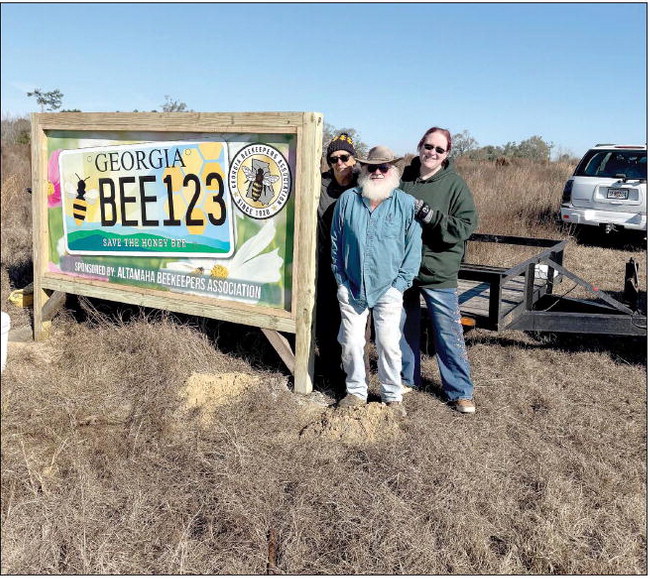continued from page post office ….
continued from page
post office continued to work to connect people in 1845, when they began the first commercial telegraph service.
Stamps were first authorized in 1847, as congress members agreed that senders should pay for mail rather than recipients.
The first street letter collection drop boxes were installed in 1858, allowing the public to leave their mail daily in a secure area to be picked up by postal carriers.
The pony express began delivering mail out west on April 3, 1860, as settlers began migrating towards new territories. This service continued until October 26, 1861 – just two days after the completion of the transcontinental telegraph.
During the Civil War, money orders, mail-in ballots, free intercity delivery, and postage based on the letters weight, and the first U.S. Railway Post Office route were established.
In 1872, the U.S. Post Office Department became an official executive department of the federal government, as the postmaster general was elevated to a Presidential cabinet position.
The first commemorative stamps were issued in 1893, and collectors and mail enthusiasts have since used the stamps to remember some of the biggest moments in pop culture and history.
Rural free postal delivery became a permanent service in 1902, and the first authorized U.S. Mail flight took to the skies in 1911.
The first packages were sent through the postal service on January 1, 1913, as over 4 million packages were handled in the parcel post’s first five days. An estimated 300 million packages were sent and delivered by the U.S. Postal Service during the parcel post’s first six months of existence.
Postage meters were installed in 1920, and Victory Mail (V-Mail) helped soldiers in World War II, as troops stationed or fighting in Europe and Asia were connected with their loved ones back home.
The mail service continued to grow in popularity until finally, on August 12, 1970, President Richard Nixon signed the Postal Reorganization Act, which made the Post Office Department into the independent self-financing U.S. Postal Service that we know today. The transition into this service was officially completed on July 1, 1971.
Zone Improvement Plan (ZIP) Codes were introduced on July 1, 1963, to speed up mail processing. These new codes allowed the Post Office Department to become the first postal system to use optical scanners to read these codes and the mail’s destination to sort the letters and packages in 1965. These machines greatly helped lessen the workload on employees, as the machines sort mail at a rate of up to 36,000 letters per hour.
In 1975, the Postal Service eliminated class categories, simplifying the process of sending mail and packages.
The last railway post office made its final delivery in 1977, and an additional 4 numbers were added to ZIP codes to help further specify packages designated locations in 1983.
The USPS branched to a new destination in 1994: the internet. The service’s website was created, allowing patrons to look up information regarding their mail online.
The Service’s regulations were updated and over 150 changes were made to existing guidelines when Postal Accountability and Enhancement Act was signed into law in 2006.
The iconic Forever stamp – which keeps its value regardless of inflation – was created in 2007, and displayed a photo of the Liberty Bell.
Citizens began receiving packages on Sunday for the first time in 2014, and the free Informed Delivery digital preview and tracking system – which allows you to see what mail is in your mailbox through an emailed photo and to track items you will be receiving – launched in 2017.
The Postal Service was busier than ever in 2020, as the COVID-19 pandemic complicated voting in the presidential election in person, and more than 40% of all American registered voters cast their ballots by mail.
The Service modernized their regulations and procedures again in 2021 through the Delivering for America plan, which made the organization competitive with private parcel delivery companies. Financial provisions for this plan were solidified in the Postal Service Reform Act, which was signed into law in 2022.
Also, in 2022, the USPS assembled and delivered COVID-19 test kits to millions of homes nationwide.
Most recently, the postal service rolled out its latest improvement – the Next Generation Delivery Vehicles, which are electric and do not emit harmful gases into the atmosphere – in 2024. Also, on July 15, 2025, new Postmaster General David Steiner began leading the service.
Though the post office’s procedures, structure, and methods may have changed throughout the years, one thing has remained constant: their dedication to connecting the public with each other. For 250 years, the Service has helped to shape America, delivering necessary supplies, gifts, information, messages from home, and more.
Local post offices celebrated the Service’s anniversary on Saturday, July 26, as the gave out cupcakes to patrons of the facility and recognized the two and a half centuries which the United States Post Office has helped to connect the world.







